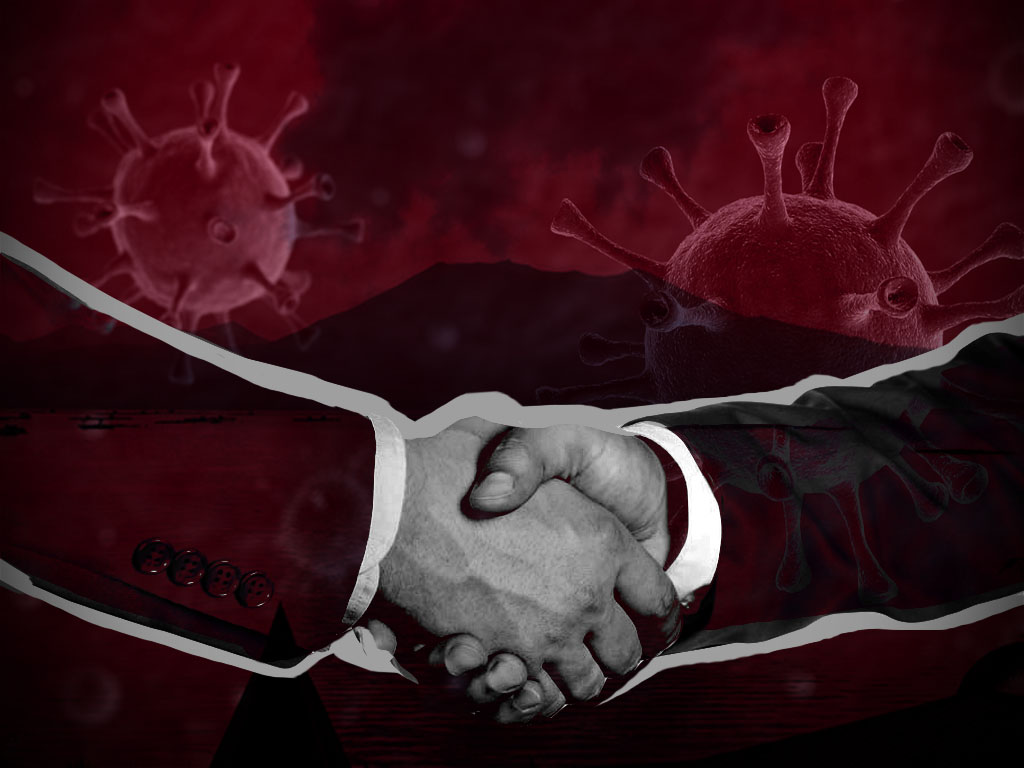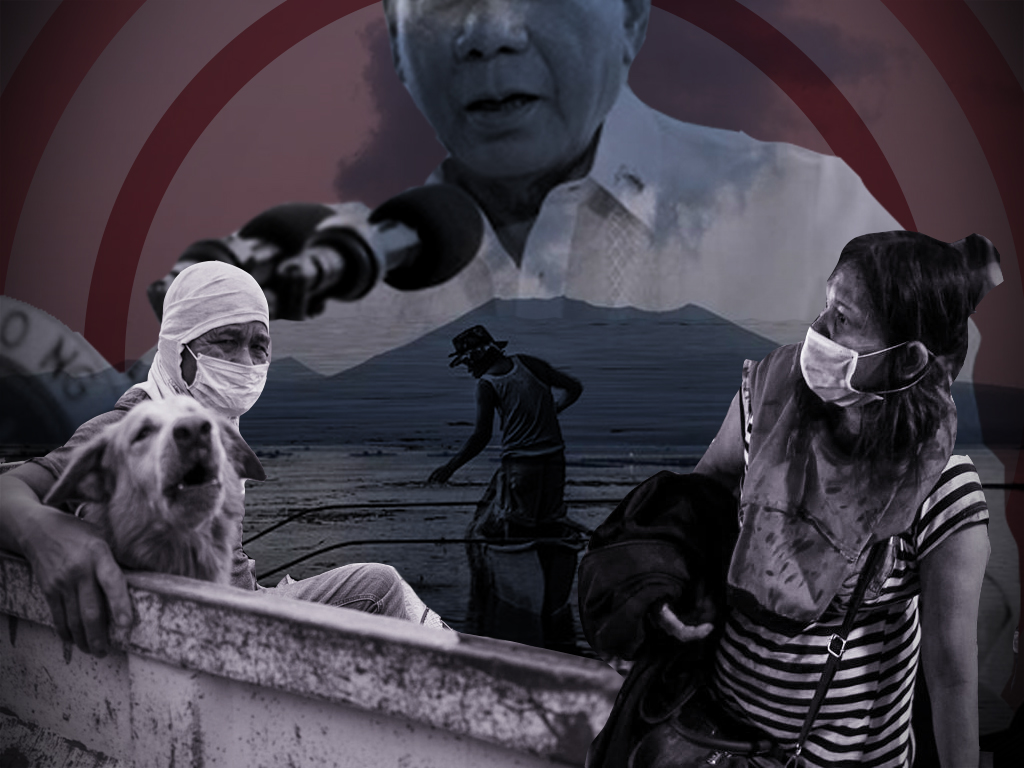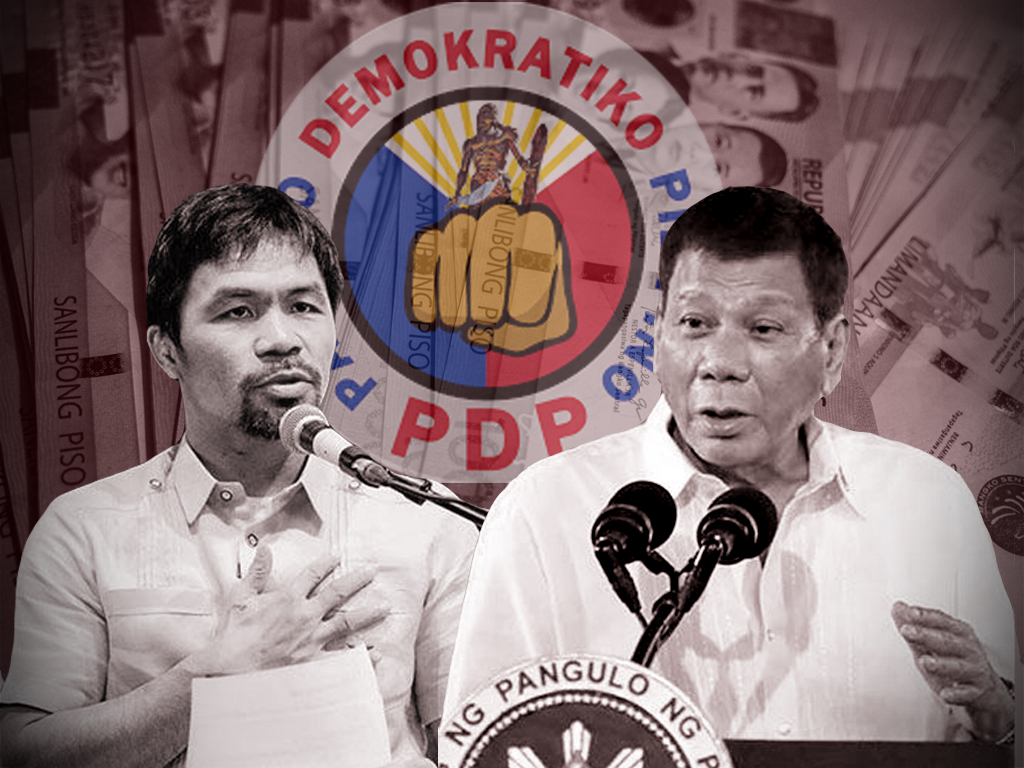This Week in Media
July 5 to 9, 2021
Sounds of unrest: The Taal eruption, corruption allegations and the dispute over the state of the pandemic
Taal’s eruption, scientists as sources and presidential levity
The eruption of Taal volcano on July 1 cast the public in deeper gloom; but did not displace COVID-19 as the nation’s paramount fear or concern. But it did add to the continuing tension even as President Duterte resorted to levity, betraying his lack of awareness of how much Filipinos are already suffering. Scrambling to evacuation centers, many of them were painfully aware of the risk of exposure to the virus, making the difficulties of the emergency even more fraught with anxiety.
Media, however, learned from their experience in reporting on Taal last year. Keeping close watch on the tough and no-nonsense expertise of scientists from Phivolcs, much of the coverage was responsible and reliable. Journalists stepped up to fulfill their public service obligation in tracking Taal’s unrest and the efforts of the LGUs to evacuate their communities to safer areas. CMFR cheered the coverage that kept watch on the developments— a lesson learned from last year when Taal’s eruption caught them off-guard.
Unfortunately, the media went on default coverage in reporting on the pandemic and other political developments. Perhaps, it has to do with the quality of sources they have on the subject at hand.
When reporting on the government’s pandemic response, the media still tend to deprive themselves of knowledgeable sources and to depend on government officials.
It is possible now to document how at each step of the way Duterte and his officials failed to appreciate the gravity of the threat of the virus and may have allowed other considerations to get in the way of rational policy-making. But media, with few exceptions, have continued to rely on public officials for their quotes, despite the availability of other experts to expand the discourse on the pandemic with more context and analysis.
Often through this crisis, the exchange among public officials depended on the limited capacity of the president to engage in policy discussions, which requires consideration of different perspectives. When Taal erupted last July 1, the president’s reaction only expressed his exasperation when he said he would put a cap on the raging volcano, a reprise of his attempted humor when he threatened to urinate on the volcano in 2020.
Fortunately, the President only joked once about the eruption, and Taal’s continued restiveness may cause him to consider being silent for a change.
COVID-19 updates
Risk analysis and more dangerous variants
In an almost embarrassing rebuke of government performance, the WHO on July 6 cautioned the DOH against declaring the country as “low risk” for COVID-19, as the message could make people complacent. Dr. Rabindra Abeyasinghe, WHO Philippines country director, was responding to that claim by Dr. Alethea de Guzman of DOH’s Epidemiological Bureau. De Guzman had cited a record of -9 percent case growth in the last two weeks and a 5.42 average daily attack rate in making her “low-risk” claim . But enough sources have indicated the threat of more infectious variants carried by returning Filipino overseas workers.
Media carried the statements of the DOH and the Philippine Genome Center that the Delta variant, which has been detected in returning overseas Filipinos, is not yet a variant of concern due to insufficient data. Similarly, DOH said there is still no record of the Lambda variant, which originated in Peru. Unfortunately, journalists did not follow up on whether the country has the capacity to conduct genomic surveillance of the disease. Without this capacity, government should be highly cautious about relaxing border controls and travel restrictions, as these are the only barriers against the entry of the disease and its swift spread. The lack of public instruction on the correct way of wearing masks and shields, has also been a significant failing of government, despite the huge budgets for public information allocated for the use of PCOO.
There are government sectors eager to open up more opportunities for business, including travel and tourism. Media should take care that when they report what officials pushing for less restrictive regulations say, their accounts also include the views of those who believe it is still unsafe to lift restrictions. Otherwise, these quotes can mislead the public into completely ignoring the wearing of masks and other protocols for their protection.
Still not enough vaccines
Early this year, when vaccine czar Carlito Galvez, Jr. announced that he had signed on with the COVAX facility to secure vaccine supplies for the country, he never mentioned the possibility of shortages that now vex the government’s program. With Duterte threatening with arrest Filipinos who refuse to be inoculated, media have not reported how difficult it has been for Filipinos to get registered for the program, not to speak of the long wait for their assigned date for vaccinations. Inquirer and Manila Bulletin Online reported that in the July 6 Cabinet meeting, Galvez, Jr. apologized again for a delay in vaccine delivery, which he said was due to “lean weeks” when vaccine manufacturers do not usually ship out vaccines.
For sometime now, the media have played a part in the disjointed flow of information, as they continue to record only what an official says without any reference to what the same official had said earlier. Despite the amount of time given to this concern, media have not pointed out how government has failed to explain the real reason for the short supply of vaccines. It had enough time to prepare for the demand. It has made use of the COVAX facility even though it has enough funds to purchase more supplies.
Media reports should also follow up on legislators’ inquiry about unspent funds allocated for vaccines so the public knows that money is not a problem.
Corruption allegations
The unlikely subject of corruption sparked a direct confrontation between President Duterte and Senator Manny Pacquiao. The two provided the media mill with enough quotes and soundbites.
CMFR jeered the coverage that got hooked on the verbal tussle without doing the necessary follow-up on the allegations. Former Senator Antonio Trillanes IV added fuel to the fire with his own charges of corruption against Senator Christopher “Bong” Go.
It is not likely that media will produce independent exposes given Pacquiao’s laundry list, given the pandemic, and the current wariness of media organizations about provoking Duterte’s wrath. But clearly, reporters could have done more than just record what the feuding politicians said.
There is enough history and background on corruption in government to provide leads for other stories about how corruption thrives in agencies that have to deal with huge procurements from external suppliers and contractors. Corruption is not a single thread story and journalists should know how to shake more information from the tree. Even news archives may hold information about how some of these charges had already figured in the news. Previous accounts gain currency given this development. Media should not miss capturing the timeliness of “old news.”



Leave a Reply